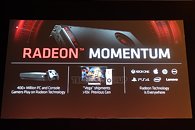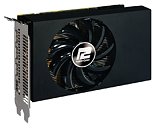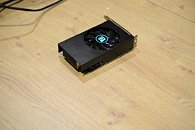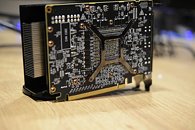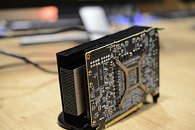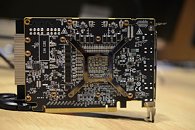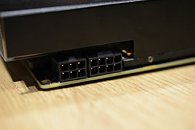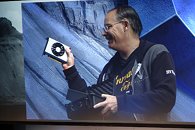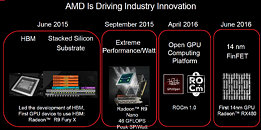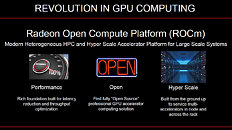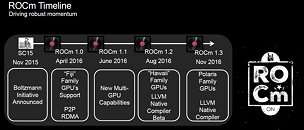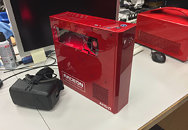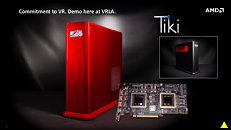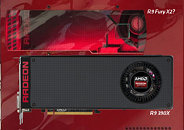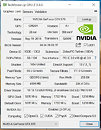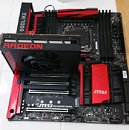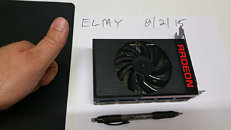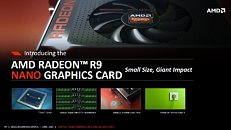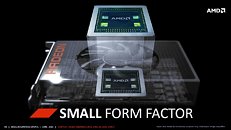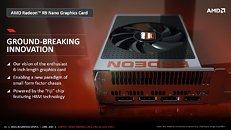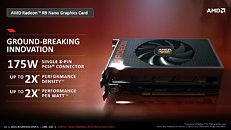
Report: Apple to Use Google's Gemini AI for iPhones
In the world where the largest companies are riding the AI train, the biggest of them all—Apple—seemed to stay quiet for a while. Even with many companies announcing their systems/models, Apple has stayed relatively silent about the use of LLMs in their products. However, according to Bloomberg, Apple is not pushing out an AI model of its own; rather, it will license Google's leading Gemini models for its iPhone smartphones. Gemini is Google's leading AI model with three variants: Gemini Nano 1/2, Gemini Pro, and Gemini Ultra. The Gemini Nano 1 and Nano 2 are designed to run locally on hardware like smartphones. At the same time, Gemini Pro and Ultra are inferenced from Google's servers onto a local device using API and the internet.
Apple could use a local Gemini Nano for basic tasks while also utilizing Geminin Pro or Ultra for more complex tasks, where a router sends user input to the available model. That way, users could use AI capabilities both online and offline. Since Apple is readying a suite of changes for iOS version 18, backed by Neural Engine inside A-series Bionic chips, the LLM game of Apple's iPhones might get a significant upgrade with the Google partnership. While we still don't know the size of the deal, it surely is a massive deal for Google to tap into millions of devices Apple ships every year and for Apple to give its users a more optimized experience.
Apple could use a local Gemini Nano for basic tasks while also utilizing Geminin Pro or Ultra for more complex tasks, where a router sends user input to the available model. That way, users could use AI capabilities both online and offline. Since Apple is readying a suite of changes for iOS version 18, backed by Neural Engine inside A-series Bionic chips, the LLM game of Apple's iPhones might get a significant upgrade with the Google partnership. While we still don't know the size of the deal, it surely is a massive deal for Google to tap into millions of devices Apple ships every year and for Apple to give its users a more optimized experience.



































